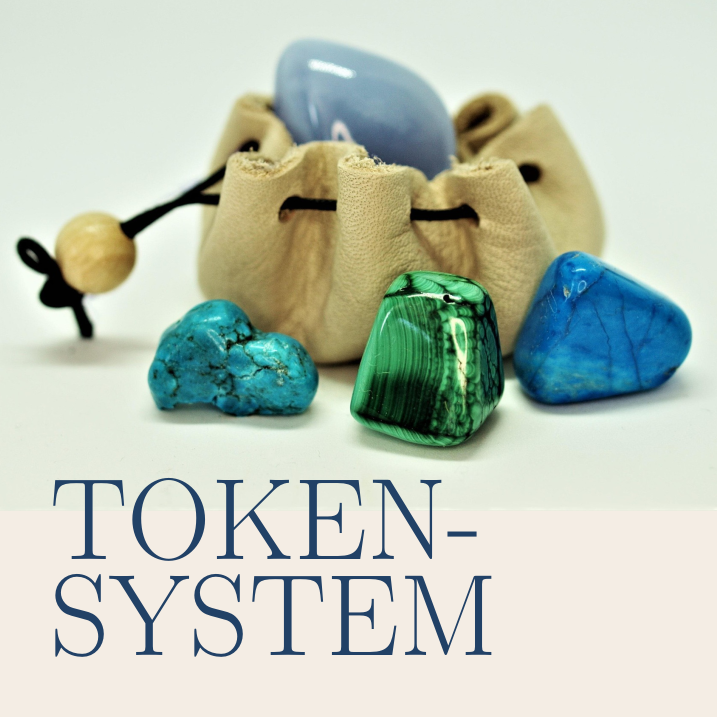Check our new E-Books for FREE! Click Here!
Aggressive Behavior in Children and Adolescents

Aggressive Behavior in Children: A Deeper Look
Welcome to ChildHelp.info – your go-to source for practical, everyday, and effective tips to create a more harmonious family life. Today we’ll focus on a topic that concerns many parents: aggressive behavior in children. But don’t worry – you’re not alone, and there are many ways to understand and respond to this behavior.
What Is Aggressive Behavior?
Aggressive behavior in children can take many forms, from tantrums and hitting to kicking or verbal attacks. It’s important to understand that aggression is often an expression of unmet needs or overwhelming emotions. Children who act aggressively are usually trying to communicate something they can’t yet put into words.
7 SOS Strategies for Stress with Children
DownloadWhy Do Children Show Aggressive Behavior?
Developmental Reasons
In certain developmental phases — such as the “terrible twos” — anger and aggression are perfectly normal. Children are learning to regulate their emotions, which can feel like a constant up and down. During this stage, they’re exploring the world, testing limits, and forming their own identity.
Emotional Overload
Children often struggle to understand and express their emotions. When a child feels overwhelmed by frustration, fear, or sadness, these emotions can sometimes come out as aggression.
Unprocessed Experiences
Sometimes specific experiences are difficult for a child to cope with, such as the loss of a pet, a move to a new home, or family changes. These experiences can manifest as aggressive behavior.
Environmental and Media Influence
Children are highly sensitive to their surroundings. If they grow up in an environment where aggression is common or are frequently exposed to violent content in the media, it can influence their own behavior.
Lack of Social Skills
Some children display aggressive behavior because they struggle socially. They may not know how to make friends or resolve conflicts peacefully.
What Does This Mean for You as a Parent?
It’s completely understandable to feel concerned when your child shows aggressive behavior. But it’s important to stay calm and explore the underlying causes. The key lies in changing your perspective and see your child’s behavior as a message they can’t yet express in another way.
Observation and Understanding
The first step in dealing with aggression is careful observation. When does it occur? Are there specific triggers or situations that cause the behavior? Write these moments down to gain a clearer understanding of what’s happening.
The Role of Communication
Communication is a powerful tool. Even if children can’t always express themselves verbally, they are very receptive to nonverbal communication. Show your child that you’re there and ready to listen when they’re ready to talk. Sometimes a hug or a calm word is all it takes to release the tension.
The Importance of Role Models
Children learn by imitation. They observe and copy the behavior of adults around them. That means you play an important role by being a model for emotional regulation. Show how you deal with frustration and resolve conflicts, your child will learn from your example.
Creating the Right Environment
A supportive and safe environment can greatly reduce aggressive behavior. Create a home atmosphere that conveys security and warmth. Clear routines and structure help children feel safe and oriented.
Time for Play and Movement
Children have a natural need for physical activity. Often, releasing excess energy through movement helps reduce aggression. Make sure your child has plenty of opportunities to be active, through sports, outdoor play, or any fun physical activities.
Token-System – Reward-System
A token system is a method of positive reinforcement designed to encourage desired behavior in children. The basic idea is simple: A child receives a *symbolic reward* – a token – for a specific behavior. This token can later be exchanged for an actual reward. The system has its roots in behavioral psychology and has been successfully used for decades in schools, therapy settings, and families.
Check it out for FREE!In Conclusion
Aggressive behavior in children can be challenging, but with patience and understanding, much can be achieved. It’s important to see the behavior for what it is, a signal from your child expressing needs and emotions. By exploring and understanding the causes, you can help your child develop better emotional control.
If you’d like to learn more about how to handle aggressive behavior in children, we invite you to read more here on ChildHelp.info. You’ll find practical strategies and helpful advice to create a more harmonious family life.
Remember: You’re not alone, and there are many ways to grow and learn together with your child.



